Author: Antony Ingram
For some, the approach of winter means stashing away the classic or modern classic in a warm garage until conditions improve enough to use it again. For others it presents an opportunity to enjoy driving in more challenging conditions, and perhaps an excuse to buy something better suited than a low-slung roadster or fragile exotic.
The 1990s and 2000s give you plenty of options in particular. These cars are easy to use on a daily basis, but old enough to offer more engagement and entertainment than many modern equivalents. They’re also generally a little better protected from road salt than cars from earlier decades, and often have features that make winter driving a little more bearable. Air conditioning for quickly clearing windows is common, as are heated seats to make early miles more comfortable. But ABS and traction control are there to help out too.
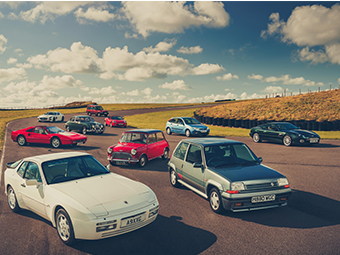
Our picks below include agile superminis, capable off-roaders, and even a luxury grand tourer. All though make winter driving just a little more palatable, and most are priced at less than £10,000 – leaving more cash spare for when your main classic emerges from hibernation in the spring.
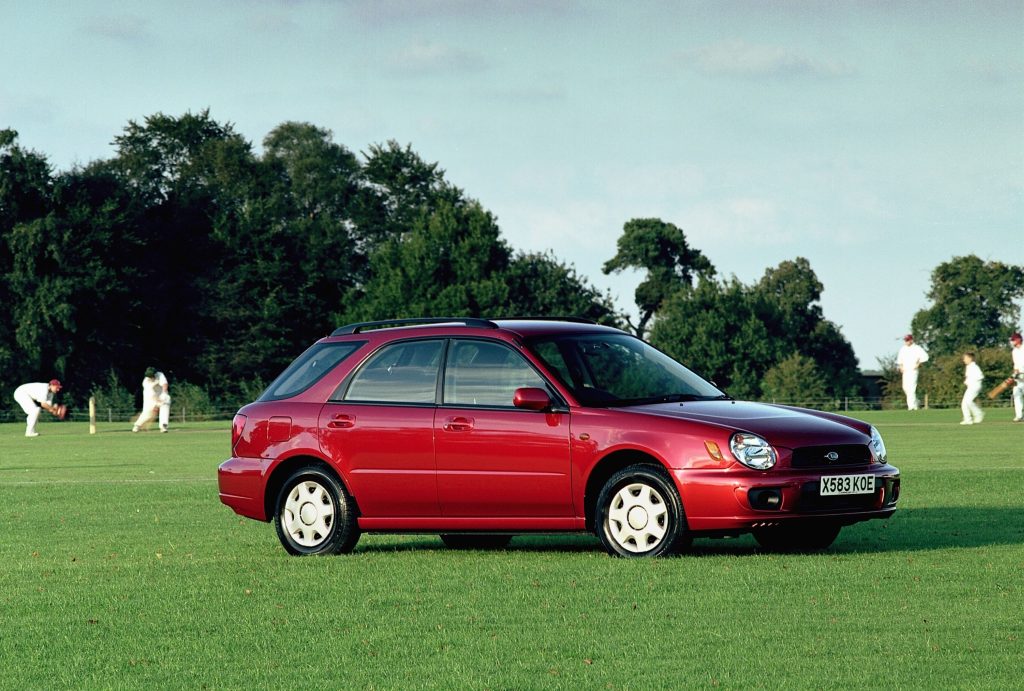
Subaru Impreza
You don’t need a mad turbocharged version to appreciate what the Subaru Impreza offers. Every one of the things came to the UK with a characterful flat-four engine, four-wheel drive, and oh-so-secure but also engaging handling, irrespective of engine choice.
For a change, we’re going to suggest the second-generation Impreza here, affectionately (or maybe not so affectionately) known by three nicknames, depending on the car’s headlights. 2000-2002 cars are known as the “bugeye” for their round headlamps, 2002-2005 cars as the “blobeye” with a more conventional design of light, and the 2005-2007 as the “hawkeye”, with a sharper look and a three-segment grille.
Entry-level 1.6-litre cars weren’t quick (Autocar recorded 0-60mph in 13.3 seconds in 2001) but ride, handling, and traction were all excellent. These and the more potent 2-litre cars are unlikely to have been driven as hard as the turbocharged WRXs either, though unsurprisingly, they’re rarer. We certainly wouldn’t steer you away from a well looked-after WRX however: the rally-winning kudos and 215bhp performance are both hard to beat for winter fun.
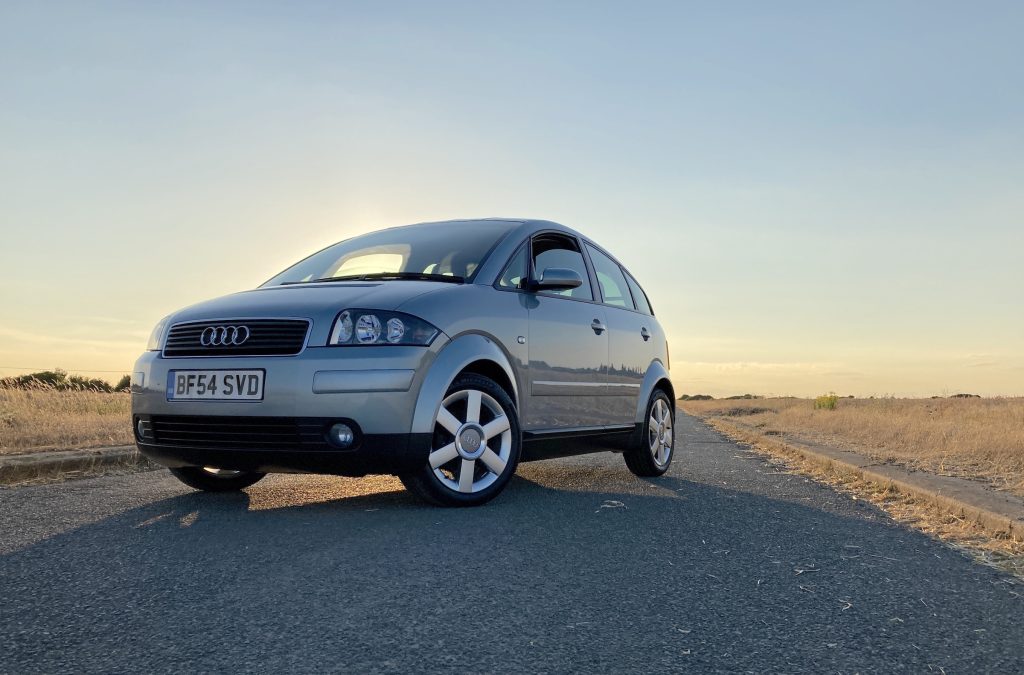
Audi A2
Audi’s B-segment entry was something of a flop when new, costing its maker money on every car and failing to make much of a dent in the sales of its Mercedes A-Class rival, but it’s hard not to consider it one of the best superminis of its era today – and unlike when it was new, today’s prices are much more in the supermini league too, with most starting at under £2000.
You might wonder though why it’s particularly worthy of note as a winter car. There are a few reasons, but by far the most significant is its construction. The Audi A2 was built from aluminium, and that means that it’s effectively immune to the enormous volumes of salt dumped on UK roads over winter, which slowly chew away at every steel-bodied car.
Beyond that, the A2 is simply a good car that fits easily into everyday life, winter or otherwise. It handles neatly, the cabin is spacious in both the front and rear seats, visibility is excellent, built quality is several steps above most of its contemporaries, and the aerodynamic shape means that it’s pretty economical too, especially in diesel form, where 70mpg isn’t out of the question. Buy it to get through winter, keep it for life.

Land Rover Freelander
We can’t guarantee total dependability with the original Land Rover Freelander (the second generation launched in 2007 is a better bet for that) but there’s something very comforting about Land Rover’s 1990s entry-level model. Perhaps it’s the rounded styling, or the fact that despite its bottom-rung status, it was still designed to be as capable as the Land Rover badge demands.
What’s noticeable when you climb aboard these old Freelanders is the usefully high driving position, something that separates it from most modern crossovers, which have the looks but seat you barely higher than a regular hatchback. That alone keeps the stress levels down in lousy weather, as does the Freelander’s capable all-weather handling.
2000-on TD4s are probably the ones to go for, the BMW-derived diesel engine (similar to the one in the Rover 75) offering a good mix of performance, economy and refinement, and decent reliability. The viscous coupling that drives the rear wheels is a common failure point, so budget for replacement. These are not expensive cars to buy though: Freelanders start at well under £2k.

Mitsubishi Shogun Pinin
The obvious choice for a relatively compact, capable four-wheel drive modern classic from Japan would probably be a Toyota RAV4. And after that, a Honda CR-V, possibly followed by a Suzuki Vitara. But obvious can be boring for some, so once you’ve dismissed all the likely candidates, another option presents itself: the Mitsubishi Shogun Pinin.
Like both Toyota and Suzuki the Pinin – not designed by the Italian coachbuilder, but built at its facility in Turin for the European market – was available in both two-door and four-door forms. It was also a reasonably capable off-roader, as you might expect from something co-badged Shogun in the UK, with selectable four-wheel drive, decent ground clearance for one so small (two-door versions were only 3735mm long), and an engine that prioritised torque over top-end power.
As with most cars of this ilk, cheaper examples of the Pinin can be looking pretty rough by now – in some ways a good sign, as it shows people aren’t afraid to use them – but you don’t have to spend much more to find a relatively tidy one; well under five grand is enough for a pretty decent example.

Fiat Panda 4×4
Nope, not the original, enormously likeable though they are. Instead we’re putting forward the model introduced in 2004, a year after the second-generation Panda made its debut and charmed the city car segment.
These now two-decade old Panda 4x4s are every bit the worthy follow-up to the classics. They’ve been drowned out in the classifieds by the third-generation car (which is also great, but not quite old enough yet to offer a modern-classic experience) but generally you’ll still pay under £5000 for a nice one. Early cars came with a 1.2-litre four-cylinder petrol engine that can feel a little overworked, making the later 1.3-litre Multijet diesel a better choice for its turbocharged torque. The body-clad Cross models are the most desirable of the bunch.
And as you’ll infer from just how many Panda 4x4s still litter the roads of Europe’s alpine regions, it’s a proper mountain goat of a car. Tiny enough to negotiate narrow roads and light enough not to sink into mud or snow, these things will scrabble just about anywhere within reason, and contrary to expectations they’re fairly robust too – though plain old age is becoming a factor in their longevity, so keep an eye out for rust in particular.
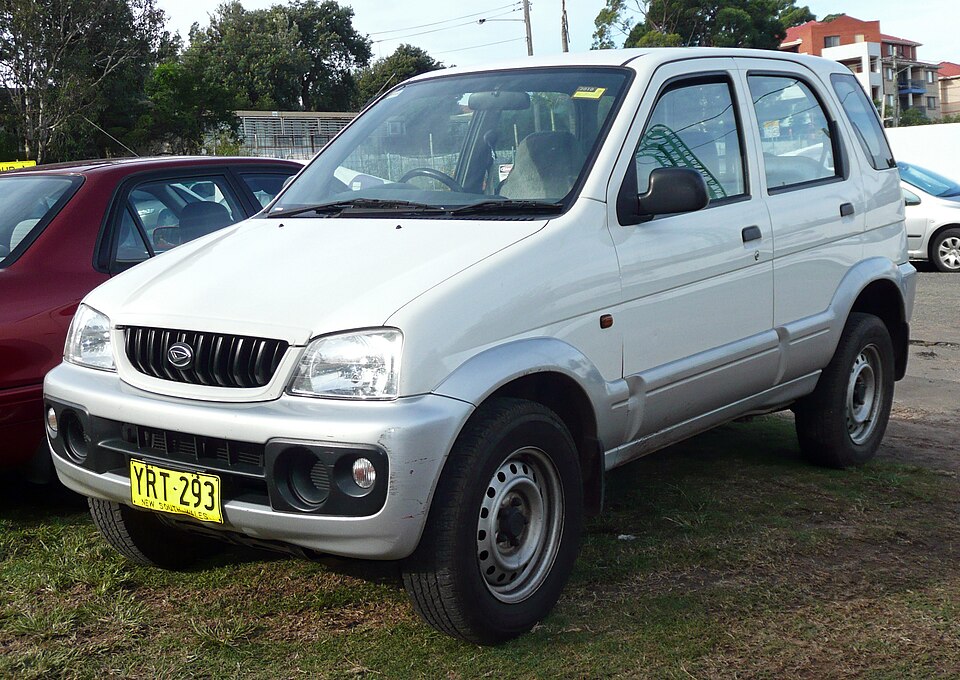
Daihatsu Terios
You could consider the Daihatsu Terios a kind of Japanese Panda 4×4. Sold across two generations in the UK (the first from 1997, the second from 2006), the first generation is a little longer, taller and narrower than the Fiat, and the second is more supermini-sized, coming in at four metres long, and as tall as it is wide at 1.7 metres.
That means even the later cars are still very parkable though, so this is one 4×4 that shouldn’t get its tyres let down if you happen to live in a city. It’s probably better there than on the motorway, while a locking differential means it’s not too out of its depth off-road either, even if it lacks the gumption of a Suzuki Jimny.
Really though the appeal is in the mini-Land Cruiser looks, the ability to shrug off snow and the odd grassy or gravelly trail, and the fact it’s one of the most affordable winter cars on this list, being easy to find for under two grand. Avoid one that’s been roughed-up by the off-road set and it should last a while, too.

MINI Cooper
We’ve focused mainly on four-wheel drives here for obvious reasons (even if conditions rarely deteriorate enough to truly need it in the UK), but the original R50-generation MINI Cooper’s in here as a modern-classic take on one of the all-time rallying greats: the classic Mini Cooper S.
While Paddy Hopkirk and Rauno Aaltonen’s old rides might have struggled uphill against the more powerful rallying machines of the 1960s, they were near-unbeatable going down again thanks to their light weight and nimble handling. BMW’s first MINI is obviously a lot bigger but an R50 is still pretty compact by modern standards and is definitely still a top choice for some B-road chucking-about.
Throw on a set of suitable tyres and it’ll get through winter just fine too, with the caveat that some rust protection is probably wise – R50s certainly aren’t immune. It’s a little short on ground clearance if the snow starts really coming down too, but good steering feel and excellent balance means that even if it’s just rainy or icy you should have a good idea of what the car’s doing. The front end’s ripe for some spotlights too for those long winter nights.
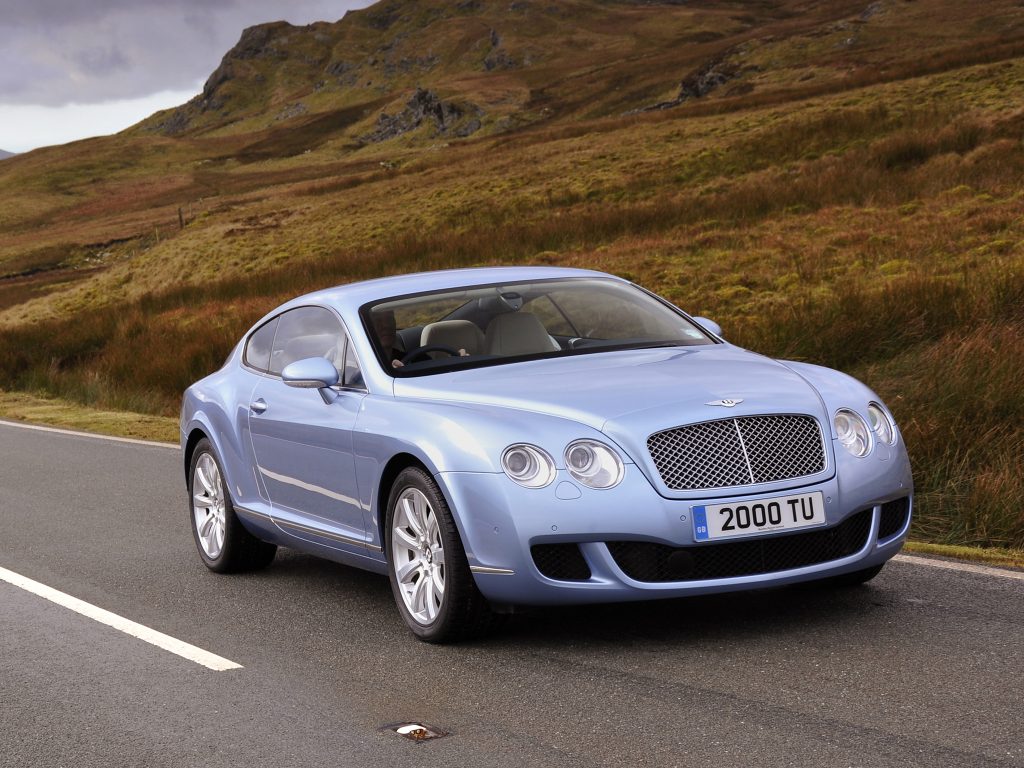
Bentley Continental GT
Cheap little off-roaders are all well and good, but what if you want some performance and prestige in your winter car of choice? Well, not to tempt you into any catastrophic financial mistakes, but have you noticed how affordable the original Bentley Continental GT has become? These 6-litre, W12-engined, all-wheel drive coupes can now be found for under £10,000.
Buying one at that kind of money involves exercising the same kind of caution you’d reserve for say, dangling parts of your anatomy over a piranha tank, or ensuring your helmet is secure before a space walk, but throw some extra money in the pot for a thorough pre-purchase inspection, and set aside some more for a good service, and really all you’re looking at is a Bentley-shaped Volkswagen Phaeton, rather than a highly-strung exotic.
Words of warning aside, these Conti GTs still deliver a truly luxurious driving experience: effortless power and torque, excellent refinement, top-class ergonomics, and surprisingly capable handling for a car around the 2.3-tonne mark. As a way to bring some calm to winter driving, it’s surely unmatched for the price.
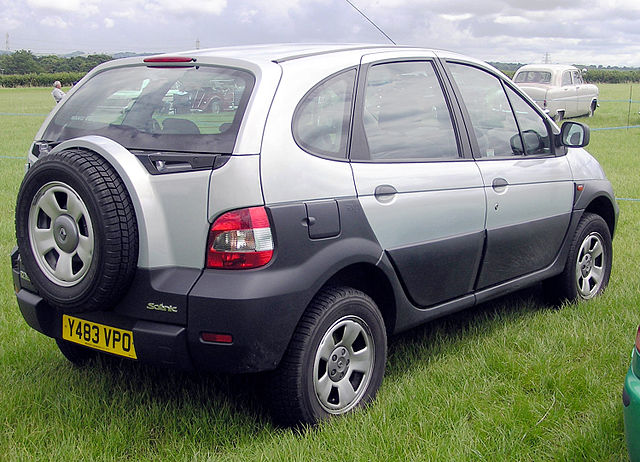
Renault Scenic RX4
Opting for a Renault Scenic RX4 rather hinges on being able to find one in the first place. A quick scan of Howmanyleft suggests there are only around 80 still licensed, and while a bunch more are SORN, the RX4 probably isn’t the kind of car that people are waiting around to restore, so the SORN cars may be beyond hope.
If you do find one though, it’s another great example of Renault’s niche-filling abilities. A crossover before the term was coined, it took Renault’s incredibly practical C-segment Megane Scenic and loaded a front-biased all-wheel drive setup underneath, complete with chunky 215-section, 65-profile Michelin off-road tyres (at least when new). Renault had the confidence to launch the car on the dirt roads of Morocco, so the changes were far from skin deep.
It can suffer the same ailments as any late 90s/early 2000s Renault, plus a few more relating to the 4×4 system, but the RX4 shrugs off potholes (always useful in winter when they’re often hidden under rainwater) and is packed with character compared to modern crossovers. It’s still remarkably practical too, with five proper seats, a split tailgate, and loads of cabin storage.
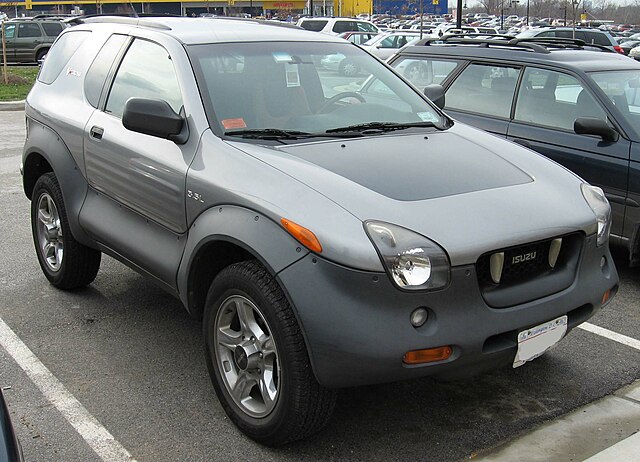
Isuzu VehiCross
Another car that you might have to hunt around for, as the VehiCross wasn’t officially imported to the UK, but this 1990s and early 2000s oddity is a very different spin on the usual 4x4s of the period – despite its underpinnings being closely related to the much more conventional Trooper.
The design (by a team involving Shiro Nakamura, who would later lead the design team responsible for the R35 Nissan GT-R, among others) has strong Dakar elements in its jacked-up ride height and body cladding, and indeed the VehiCross did take a couple of Dakar class victories in its day – rather than a chugging diesel, the funky Isuzus used powerful (for the era) V6 engines.
And because it’s a proper 4×4 underneath, rather than simply pretending to be one, it’s capable both in poor conditions and off road. There’s plenty of ground clearance, short overhangs, and a full-size spare, hidden behind a stylised hump on the tailgate. You get some neat touches inside too, including Recaro seats and a Momo steering wheel. Good ones can be among the more expensive cars on this list, starting upwards of £10,000, but few of the cars above will attract more looks.
Classic car insurance from Hagerty
Keep your classic on the road with expert classic car insurance built by car lovers, for car lovers. Rated ‘Excellent’ on TrustPilot.
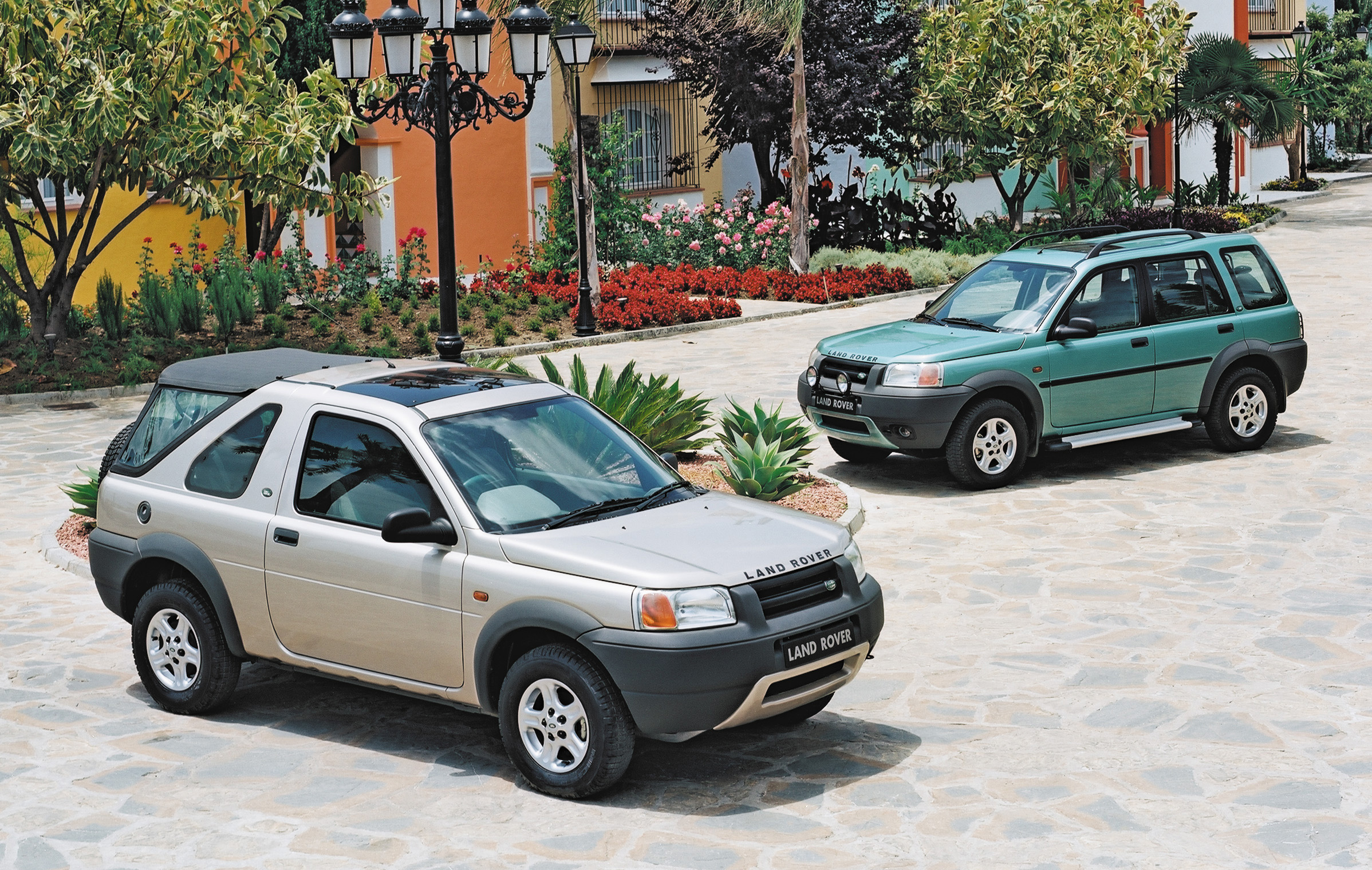



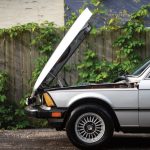
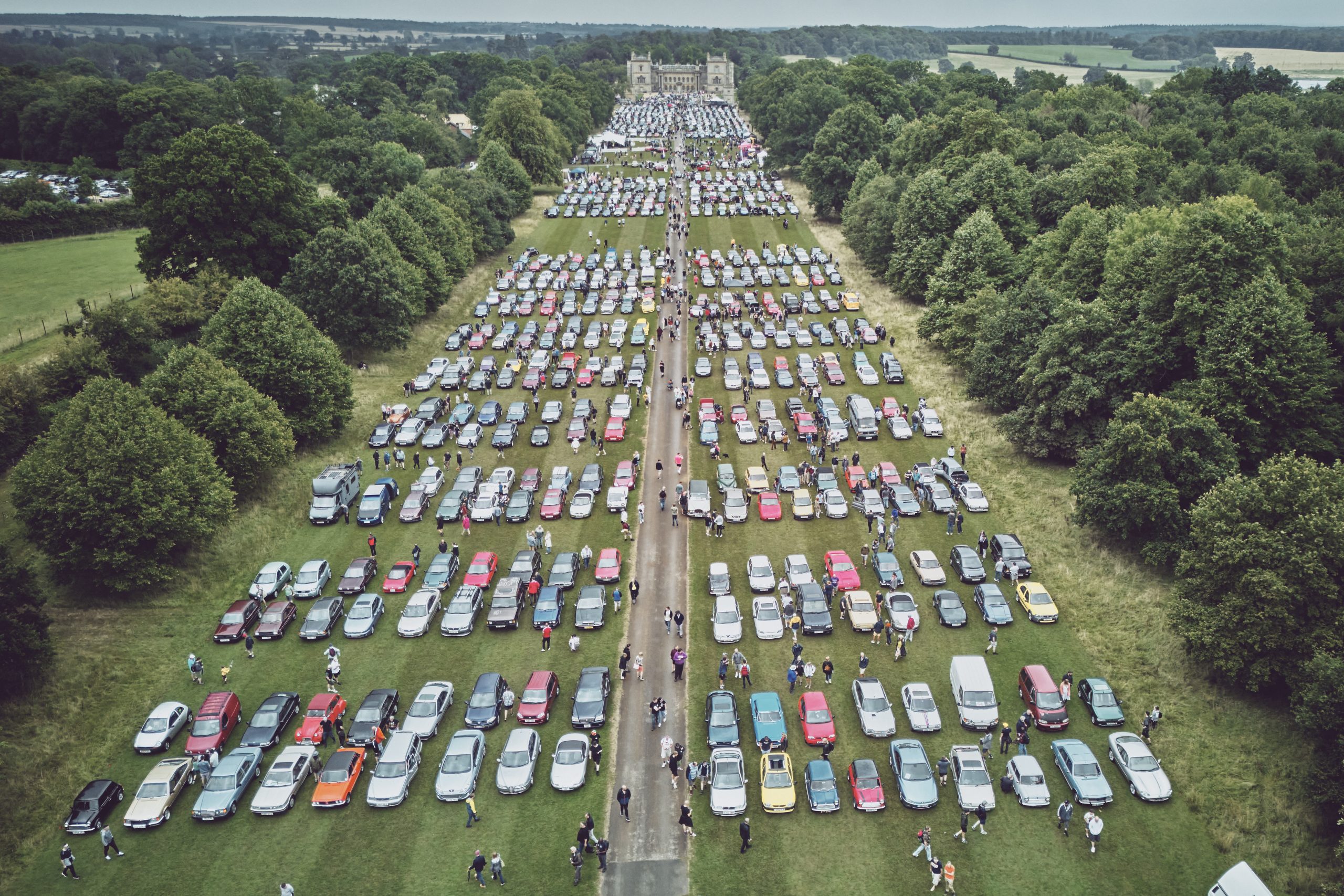

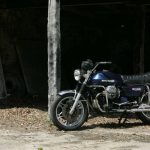

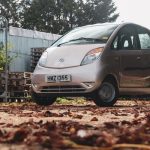
The Freelander was an irreplaceable masterpiece of a vehicle, incorrectly derided by witless mo-jos, and even in this article there’s a quick caveat. Vehicles require attention in exchange for ability. Nothing wrong with that.
A Bentley-shaped Volkswagen Phaeton! How to bury a car in twenty feet of pure ignominy.